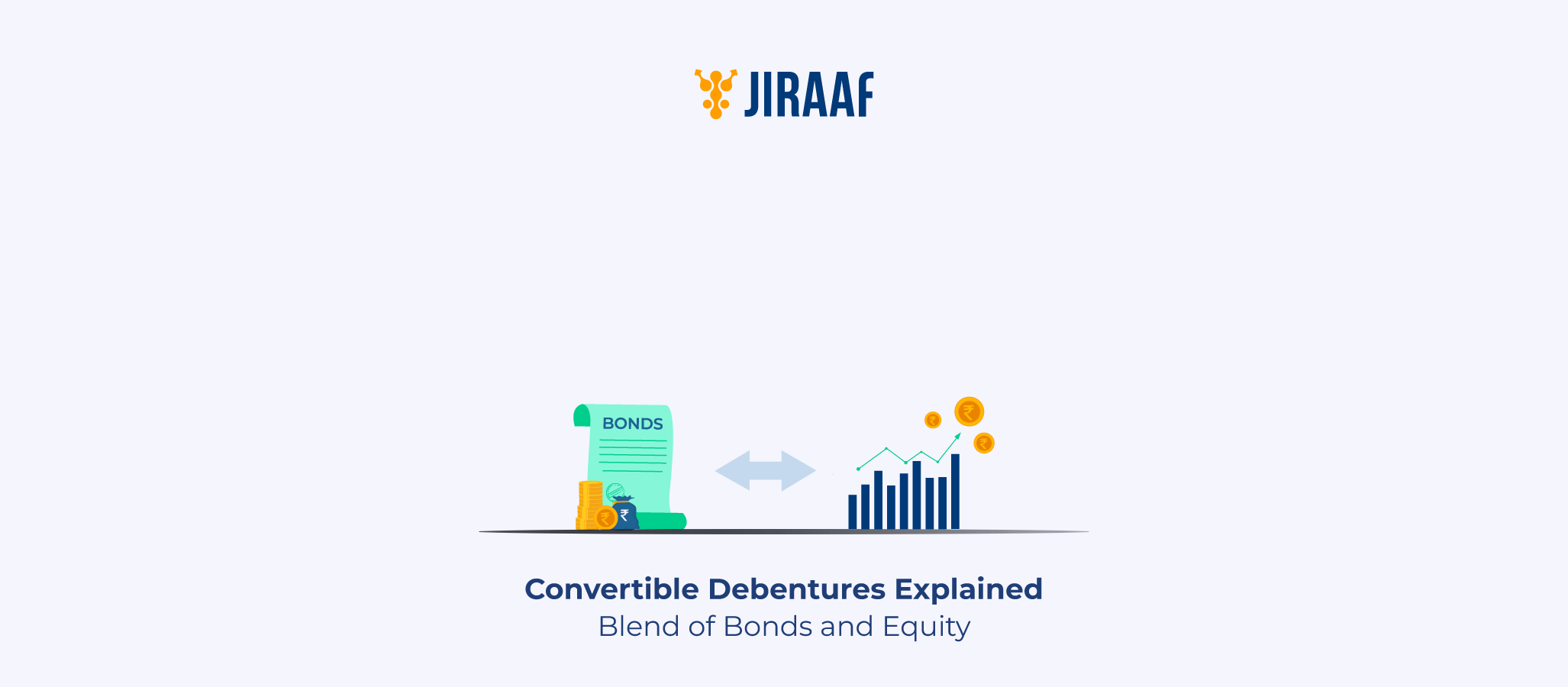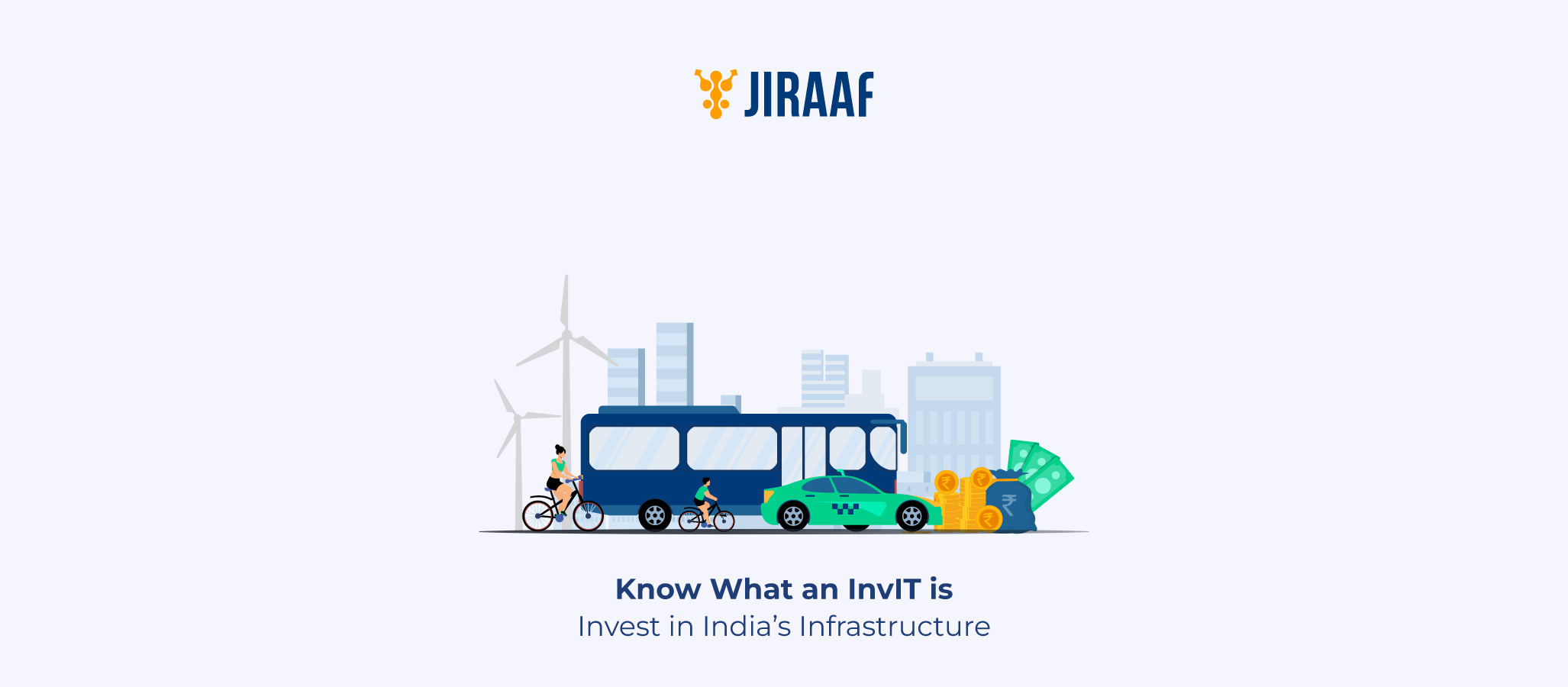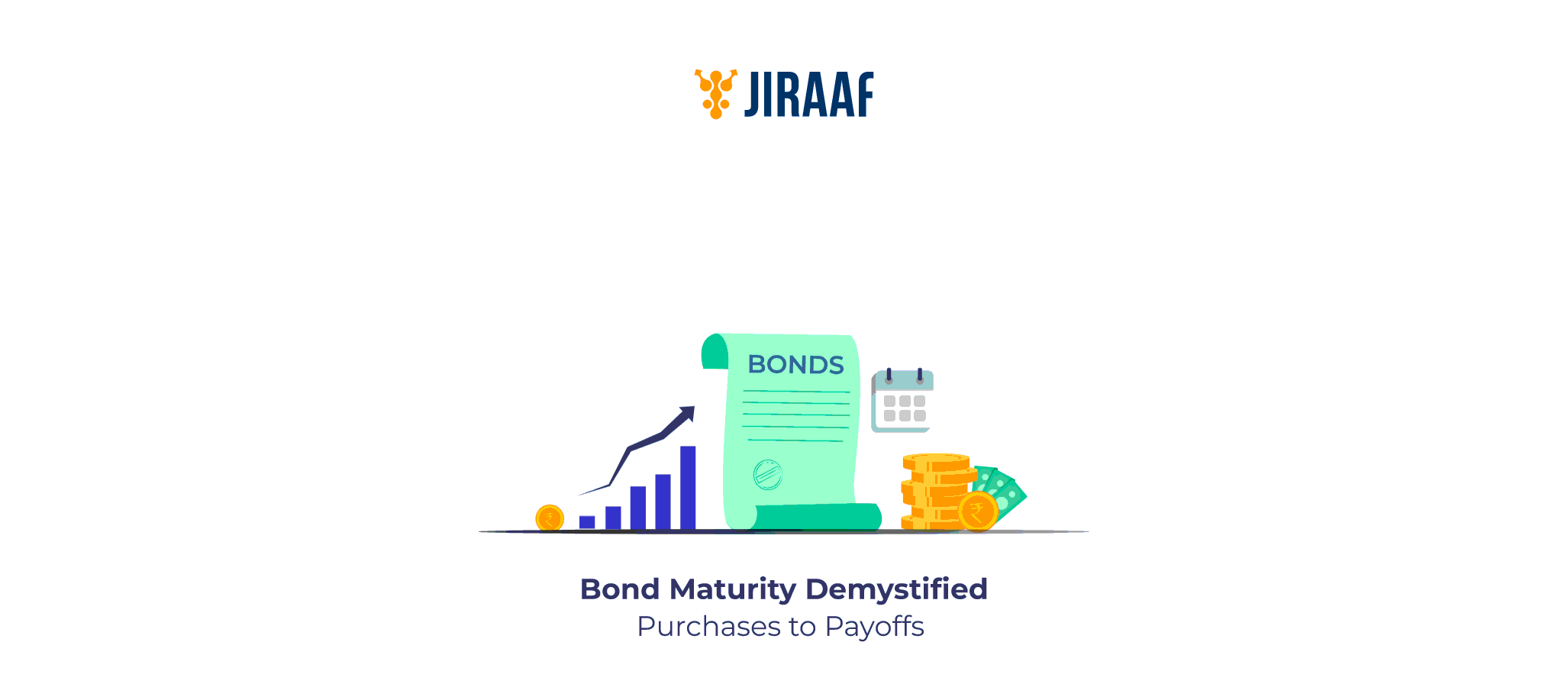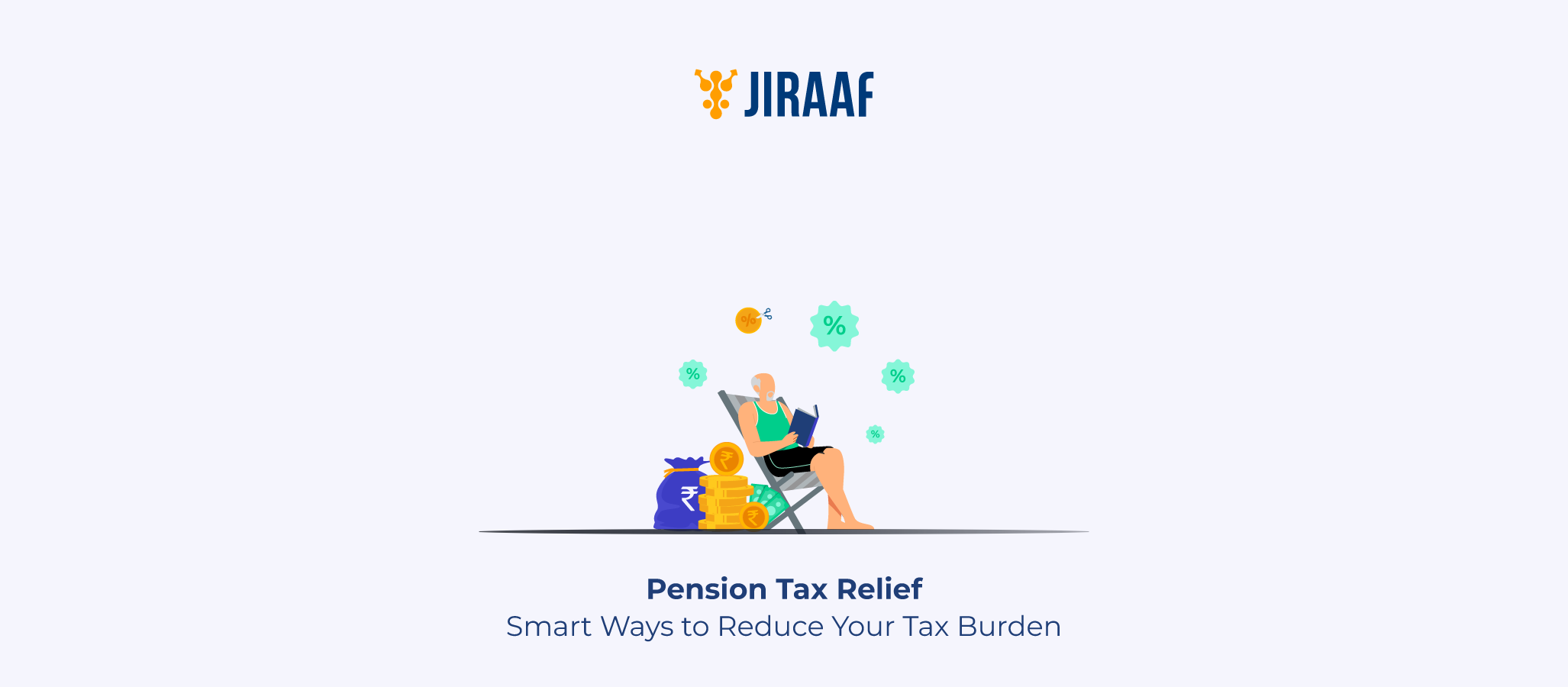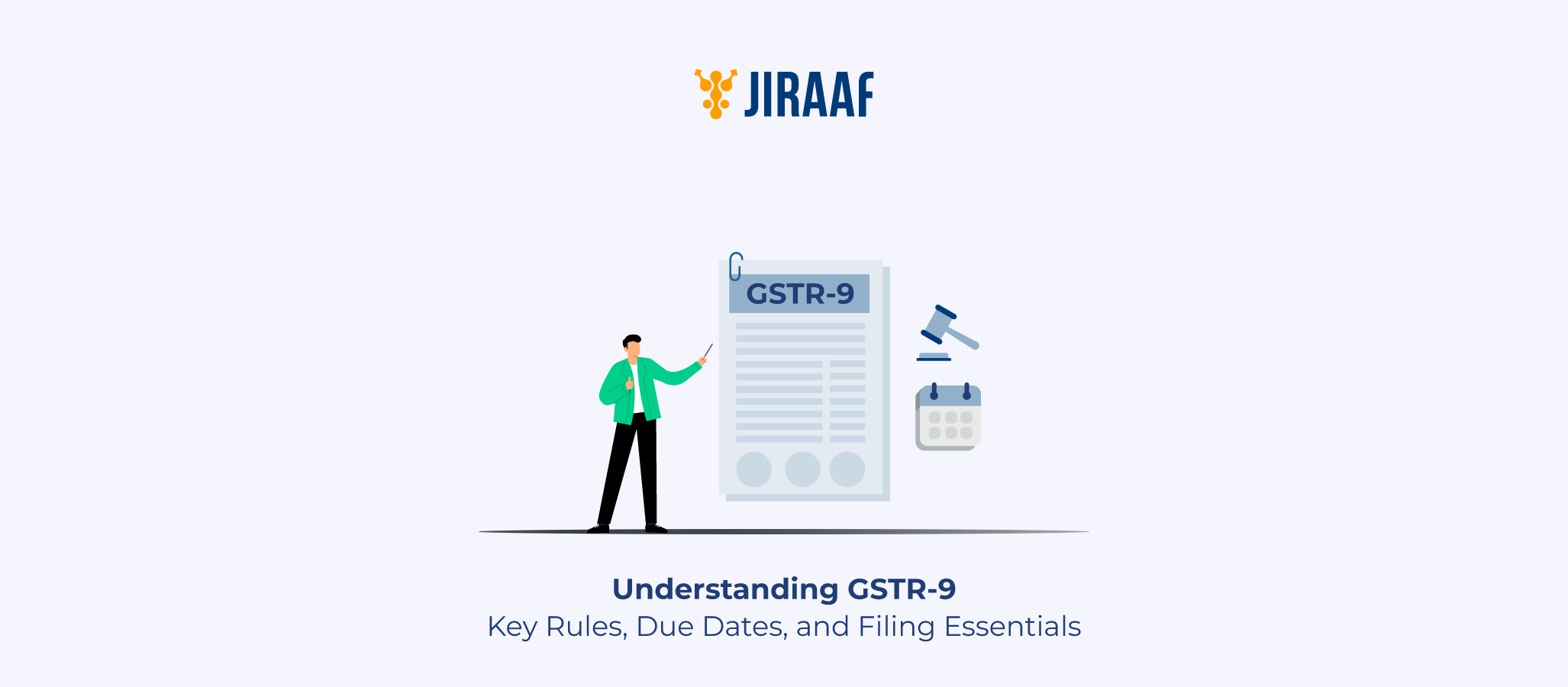Every investor basically has two growth options; they can either play it safe and settle for slower growth or take a higher risk for better capital appreciation. That’s because most investments are designed with a trade-off; the safer they are, the lower the returns, and the riskier they get, the higher the potential reward.
It’s rare to find a single investment instrument that offers both at the same time, which means most investors end up compromising one to get the other.
Convertible debentures, however, are one of those rare exceptions. They begin as fixed-income instruments, paying regular interest just like bonds, but also have a built-in option that investors use to convert them into equity shares at a future date.
Let’s take a closer look at how convertible debentures work, their key features, different types, how they compare with non-convertible options, and much more.
Definition & Key Features of Convertible Debentures
Convertible debentures are long-term debt instruments often issued by companies to raise funds for working capital or business expansion. In return for this capital, companies offer investors a fixed rate of interest and an additional benefit; the option to convert these debentures into equity shares at a future date, as outlined in the issue terms.
These debt instruments are often unsecured, meaning they do not have any collateral security. However, some debentures can be secured as well. Part of the reason companies issue these instruments is to avail tax benefits. The issuer companies can save tax by claiming tax deductions on the interest amount paid to debenture holders, as interest paid on a loan/debt is generally a deductible expense for the company.
Here are some additional features of convertible debentures.
Features of Convertible Debentures
- Interest Compensation
These debt instruments offer lower returns than other investments, such as bonds, but they compensate debenture holders with a built-in conversion to equity mechanism.
- Conversion Ratio
Conversion ratio refers to the number of equity shares you will receive upon converting a debenture.
- Conversion Price
The conversion price is the predetermined rate at which a debenture is converted into equity shares. It’s decided at the time of issue based on factors like the stock’s price, book value, and expected performance. While a higher conversion price can discourage investors, it helps the company limit equity dilution.
- Quantum of Conversion
The quantum of conversion is the percentage or number of debentures that will be converted into equity shares and is often expressed as a percentage of the face value to be converted. The issuer also specifies it at the time of debenture issuance.
- Date of Conversion
Date of conversion is the date on which you can convert your debenture into equity shares. This depends on the tenure and terms of the underlying debenture.
Each of these features plays a role in shaping the life cycle of a convertible debenture. However, a debenture’s structure can differ based on the issuer’s objectives and investor preferences. Here’s a look at the main types you’ll come across.
Types of Convertible Debentures
Convertible debentures are classified into several types depending on when they can be converted into equity and the extent of conversion.
- Fully Convertible Debentures
Debentures that are entirely convertible into corporate equity shares are available.
- Partly Convertible Debentures
Debentures that are only partially convertible into equity shares are known as partly convertible debentures.
- Optional Convertible Debentures
Within a given time frame, you may choose to convert these debentures into equity.
- Compulsorily Convertible Debentures
These debentures are compulsorily converted into equity shares after a specified period.
While convertible debentures offer flexibility through conversion options, they’re not the only form of corporate borrowing available.
Many companies also issue non-convertible debentures, an investment instrument that functions very differently. Understanding this distinction is key to knowing which suits your investment goals better.
Difference Between Convertible and Non-Convertible Debentures
| Feature | Convertible Debentures | Non-Convertible Debentures (NCDs) |
| Convertibility | Can convert to equity (fully, partly, optionally) | Cannot convert to equity |
| Interest rate | Generally Lower, conversion is value-added and compensates for the lower fixed interest rate | Higher, no conversion benefit |
| Risk-return profile | Hybrid Instrument offering fixed income with equity upside | Pure fixed income and lower risk |
| Suitability | Growth-oriented investors | Risk-averse investors seeking stable returns |
This comparison makes it clear where convertible debentures stand in the broader debt landscape. Now, turning our focus back to them, let’s weigh their key advantages and limitations from an investor’s perspective.
Pros and Cons of Investing in Convertible Debentures
Pros
- Fixed-income Returns
Convertible debentures provide regular interest payments, offering investors a reliable source of income similar to traditional debt instruments.
- Growth Potential through Equity Conversion
If the issuing company performs well, investors can convert their debentures into equity shares and benefit from potential capital appreciation.
- Priority in Case of Liquidation
In the event of a company’s liquidation, debenture holders are repaid before equity shareholders as they are considered creditors until conversion, providing an additional layer of security.
Cons
- Lower Interest Rates
Convertible debentures generally offer lower interest rates compared to non-convertible debentures, as the conversion feature itself adds value to the instrument.
- Credit Risk in Case of Default
Since many convertible debentures are unsecured, investors face a higher risk of loss if the issuing company defaults on its obligations when compared to a secured debenture or a bond.
- Equity Dilution Risk for Existing Shareholders
When a large number of debentures are converted into shares, it increases the total equity base, potentially diluting the holdings of existing shareholders.
With a clear picture of both the pros and cons, it’s time to ask the most important question: Are convertible debentures the right investment choice for you
Conclusion: Should You Invest in Convertible Debentures?
Convertible debentures can be a smart pick as they’re one of the rare assets that help investors like you enjoy the best of both worlds, balancing risk and returns effectively.
They make the most sense for investors who are comfortable taking moderate risk for long-term gain; those who prefer the stability of debt but want exposure to equity’s upside without fully committing to market volatility. If you believe in a company’s growth story and have the patience to see it unfold, convertible debentures deserve a place in your portfolio.
